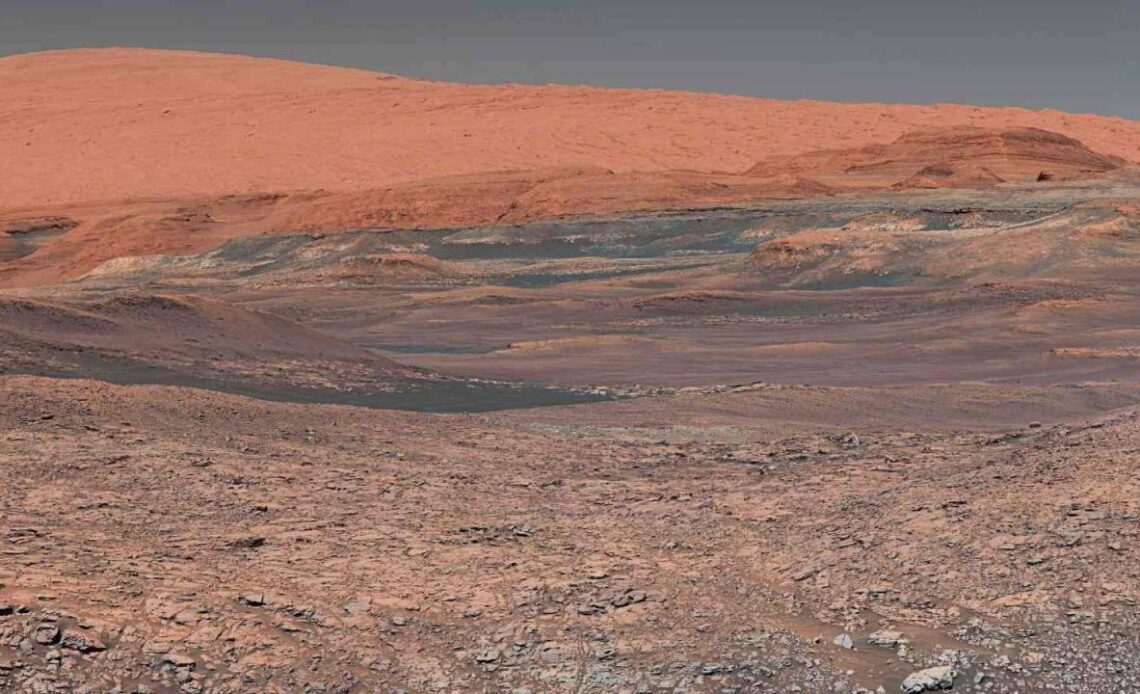
Those who dream of the possibility of Mars for human residences have placed a lot of hope on the red planet that is currently filled with water, because it will provide validity of the theory that it can continue to maintain water (and atmosphere) under the right conditions. However, a new study from researchers at the University of Texas and University Grenoble Alpes, published by geophysical research letters in Aug Journal (American Geophysical Union), shows that what scientists think is water possible, good, water.
The team’s hypothesis is that the discovery of a very bright radar back 1.4 km under the ice at the base of the South Pole close, the length is considered as an underground lake indicator or aquifer, actually caused by something volcanic material. In other words, the team believes that something like a group of volcanic stones can be responsible for reading this radar than underground water sources.
The researchers used several measurements of around 15 years provided by Mars (Mars Advanced Radar for subsurface and Ionosphere sounded) to check the reflectivity of the surface of Mars and compare the reading of various materials with what the scales become an underground water source. .
Study details
Water theory on Mars has looked rather weak for a while now, with several other theories that offer a more reasonable explanation (but not too interesting). When the study itself admitted, “The temperature and pressure at this time on the red planet make stable liquid water impossible on the surface.” While so far it is not impossible for Mars to hold water under the surface, it does not look very possible.
As the study states in its conclusion, the reading between the materials on the surface of the planet and whatever Marsis detected below the South Pole surface seems very similar. To the point where they are likely, in fact, the same.
“Our results provide insight into what the current field on the surface of Mars can be responsible for bright Basal SPLD reflections,” This research explained, “Most of the bright regions are subdivisions of larger units related to volcanic construction.”
This does not mean the search for water on Mars is over. According to the University of Texas, Cyril Grima, the appropriate research writer and scientists for the University of Texas Institute for Geofissions (Utig), in collaboration with Ishak Smith, a Geophysics Mars from York University, to propose a water search mission in the future using radar. Presumably found more evidence of previous life on the planet, or to help choose the potential landing location in the future on the surface.
